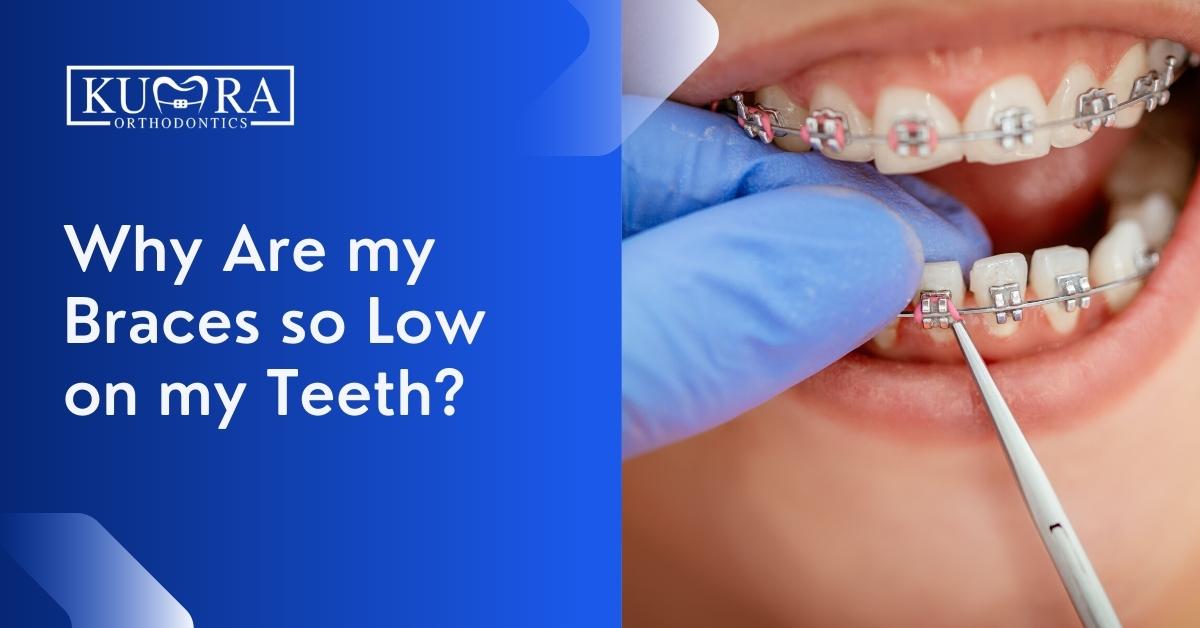Top Tips for Choosing the very best Cumming Orthodontist for Braces and Aligners
Wiki Article
Comprehensive Overview to Orthodontics Treatments for Fixing Oral Imbalances
Understanding the intricacies of each treatment, including their mechanisms, advantages, and possible disadvantages, is vital in making notified decisions concerning one's orthodontic treatment. As we navigate with the thorough overview to orthodontic procedures for fixing oral imbalances, the complex details of each approach will unravel, losing light on the path towards a useful and harmonious dental positioning.Orthodontic Procedures Introduction

Normal modifications and monitoring are critical parts of orthodontic treatment to ensure progression is on track and to make any essential modifications along the means. By undertaking orthodontic treatments, individuals can not just attain a straighter grin yet likewise boost their total dental wellness and feature.
Typical Braces: How They Work
When taking into consideration orthodontic treatments for dental imbalances, traditional braces stick out as a time-tested technique for remedying teeth placing. Traditional braces include brackets, cables, and bands that function with each other to apply continual stress on the teeth, slowly moving them right into the desired alignment. The braces are connected to the teeth making use of a special adhesive, and the cables are threaded through the braces. By changing the tension of the wires, orthodontists can control the instructions and force put on each tooth, directing them right into appropriate placement over time.
One key element of how conventional dental braces job is the process of bone renovation. As stress is applied to the teeth through the braces, the bone surrounding the teeth is reshaped to support the new tooth settings. This remodeling is crucial for the long-lasting security of the dealt with positioning. Patients will certainly require normal changes at the orthodontist's office to make certain the dental braces proceed to use the right stress for effective teeth activity.
Unnoticeable Aligners: Benefits And Drawbacks
These clear, customized trays are virtually invisible when used, making them an enticing alternative for people seeking a much more aesthetically pleasing orthodontic treatment. Clients can get rid of the aligners prior to consuming or cleaning their teeth, decreasing the danger of food getting stuck in the device and simplifying the cleansing process.
Surgical Orthodontic Options
Surgical interventions in orthodontics present feasible alternatives for dealing with intricate dental misalignments that might not be properly resolved through standard orthodontic therapies. While standard dental braces and unnoticeable aligners can fix several orthodontic problems, specific cases need surgical treatment to achieve optimal results. Surgical orthodontic options are typically suggested for extreme malocclusions, considerable jaw inconsistencies, and cases where the underlying bone framework needs alteration to attain appropriate positioning.One typical surgical sedation dentistry orthodontic treatment is orthognathic surgical procedure, which entails repositioning the jaws to deal with functional concerns such as trouble speaking or eating. This surgery is usually carried out in collaboration with an orthodontist that aids align the teeth before and after the treatment. Surgical orthodontics might also include treatments to reveal impacted teeth, remove excess periodontal tissue, or reshape the jawbone to produce a much more harmonious facial account.
Prior to considering medical orthodontic alternatives, patients undertake a thorough examination to establish the necessity and potential advantages of such treatments. cumming aligners. While surgery may seem difficult, it can substantially improve both the function and appearances of the smile in situations where standard orthodontic treatments fall short
Retainers and Post-Treatment Treatment

Post-treatment treatment includes complying with the orthodontist's instructions carefully. This may include correct dental hygiene methods, going you can check here to follow-up visits, and putting on the retainers as recommended. Failing to follow post-treatment treatment guidelines can lead to regression, where the teeth progressively return towards their original positions. Regular retainer wear, great oral health, and regular dental examinations are essential for preserving the outcomes achieved with orthodontic surgical procedure and guaranteeing the long-term stability of the fixed dental positioning.
Conclusion
In conclusion, orthodontic treatments provide various options for dealing with oral misalignments. Surgical orthodontic choices are offered for extra severe imbalances. On the whole, orthodontic treatments can successfully enhance dental health and visual look.As we browse through the extensive guide to orthodontic treatments for fixing dental imbalances, the intricate information of each technique will certainly unfold, dropping light on the path toward a harmonious and useful oral placement. - cumming orthodontist
One of the most common orthodontic therapies is the usage of dental braces, which are composed of steel braces and wires that use mild pressure to gradually move teeth into the preferred placement.When taking into consideration orthodontic treatments for oral imbalances, conventional braces stand out as a reliable method for fixing teeth positioning. In addition, invisible aligners might not be ideal for complicated orthodontic problems that need even more significant teeth activity, as they are usually suggested for light to moderate situations. Retainers are personalized orthodontic tools created to hold teeth in their fixed placements after the completion of orthodontic therapy.
Report this wiki page